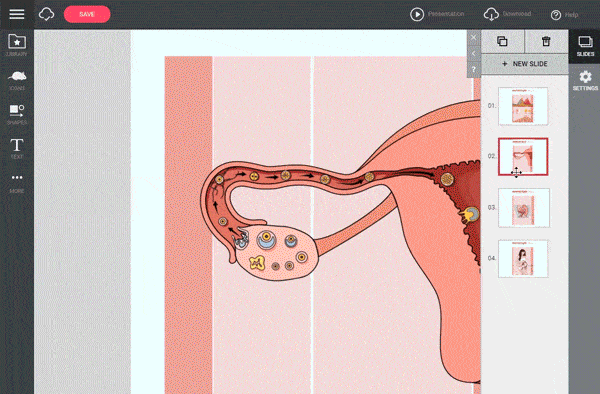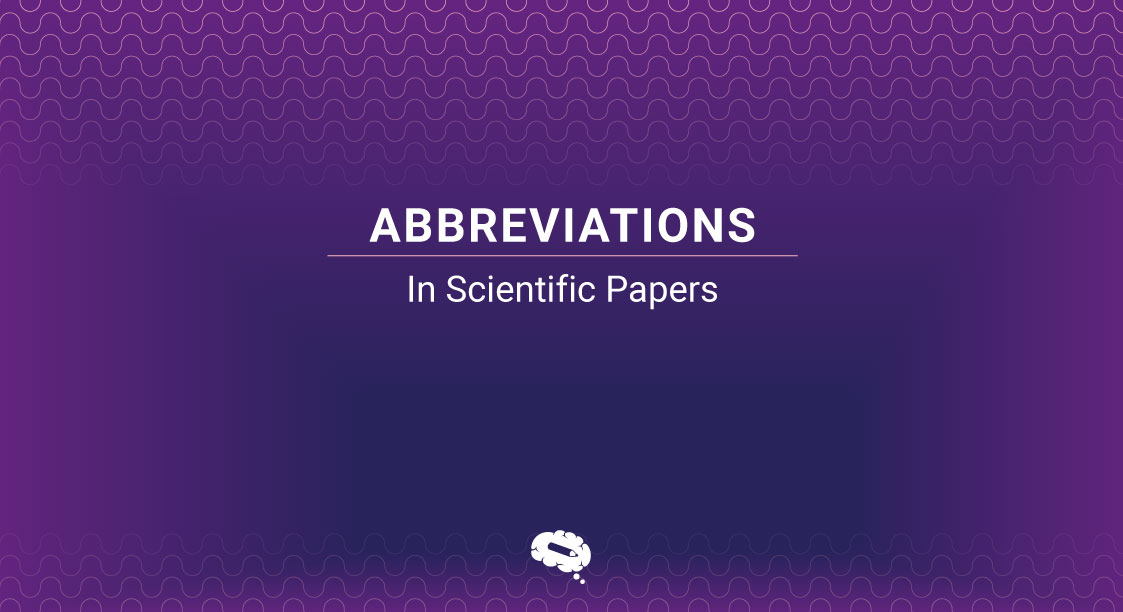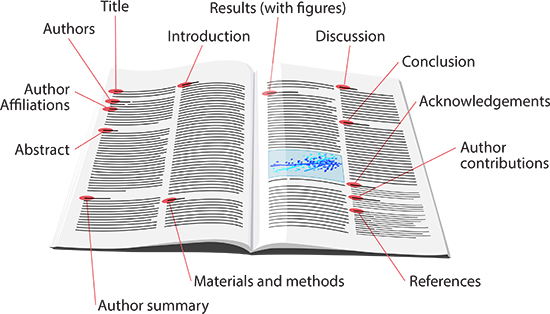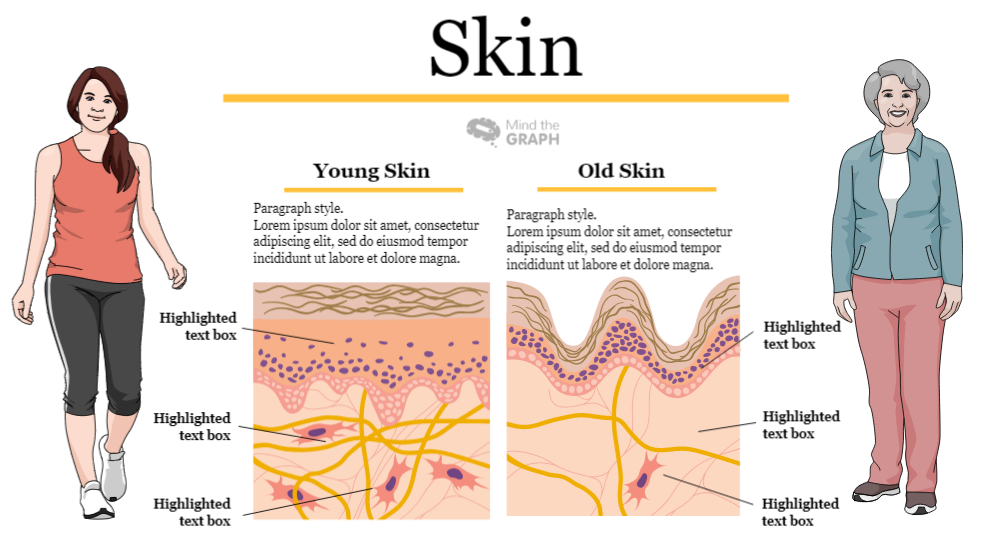The use of abbreviations in academic and scientific publications is common, but authors are often asked to keep their usage as brief as possible.
They are usually limited to universal abbreviations for weights and measurements. We would like to provide some tips in this article on how to use abbreviations effectively in your writing.
If you are going to use abbreviations in scientific papers, then you should pay attention to the following tips.
What do abbreviations in scientific papers mean?
Abbreviations are shortened versions of terms and phrases, such as kg for kilograms, CEO for chief executive officer and Dr. for doctors. The use of abbreviations is ideally suited to situations in which you wish to reduce the number of words the text contains.
However, there is a tendency for abbreviations to be widely used in one field of study but unknown in another. It is important to use the article that corresponds to the pronounced form of the abbreviation
Are abbreviations allowed in research papers and where do you put them?
Your paper should include a list of abbreviations at the beginning of each of the following segments: heading, abstract, text, and figure/table legends.
A common rule of thumb is to write all non-standard abbreviations in their entirety on their first appearance both in abstracts and papers themselves.
After the first mention of an abbreviation, it is essential that you use it frequently. Additionally, the format should be consistently followed throughout the paper.
Abbreviations and acronyms: what’s the difference?
The terms abbreviation and acronym are both shorthand versions of words and phrases. While abbreviations shorten longer words (like Dr. or Prof.), acronyms use the first letter of each word in a phrase to create a new word (like NASA or FBI).
There is a difference between abbreviations and acronyms, even though authors often use them the same way. An acronym, initialism, or other word contraction form is an abbreviation.
Acronyms are abbreviations formed by condensing the first letters of multiple words into one. Although not all abbreviations are acronyms, all acronyms are abbreviations. Abbreviations and acronyms differ primarily in this regard.
The most common mistakes to avoid when using abbreviations
Abbreviation errors in academic publications are sometimes common. The following are a few ways you can avoid this from happening in the future.
- It is usually advisable to define abbreviations only once when you decide to use them. Exceptions do exist, however. An abbreviation may be used at the beginning of a section in a report or chapter in a book.
- Having an inconsistent approach is the top mistake you can make. The journals will provide guidelines on how to submit your work, so please read them carefully. Generally, abbreviations in scholarly articles are introduced only after three or more instances of the term.
- It is important to use standard abbreviations if you are writing in a field that uses them – for instance, elements in the physical sciences are often abbreviated for word count constraints. Standard formatting should always be used (both spelling and case-sensitive formatting). Capitalization is typically used only for proper nouns.
- Remember that for well-known abbreviations, lowercase is recommended over uppercase for competing terms, if the same letters are used in other abbreviations in the manuscript.
- The abbreviation “et al.” can be confusing to use in scientific writing because it is often misspelt or misused. As the name suggests, this term means “and others”. In-text citations or references are often shortened with this abbreviation, and it can be used wherever it precedes a name in the text.
Here is a list of some scientific abbreviations
| Abbreviations | Definitions |
|---|---|
| DNA | Deoxyribonucleic acid |
| NASA | National Aeronautics and Space Administration |
| PBA | Process Behaviour Analysis |
| QA | Quality Assurance |
| Fig. | Figure |
| MRI | Magnetic resonance imaging |
| ML | Maximum Likelihood |
| AI | Artificial Intelligence |
| CSF | Cerebrospinal Fluid |
| ANOVA | Analysis of variance |
And the list goes on.
A professional graphical abstract that doesn’t require any effort
When you use Mind the Graph, you can make a fantastic graphical abstract in a short amount of time. What’s the hold up, well don’t wait any longer, use it today for free!


Subscribe to our newsletter
Exclusive high quality content about effective visual
communication in science.




